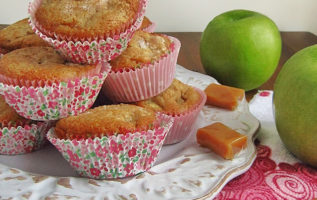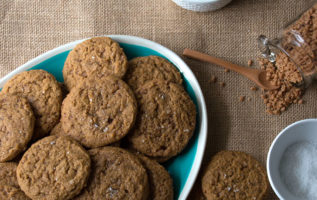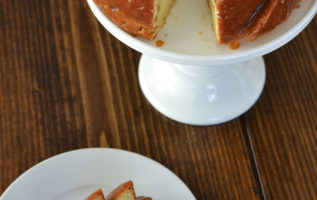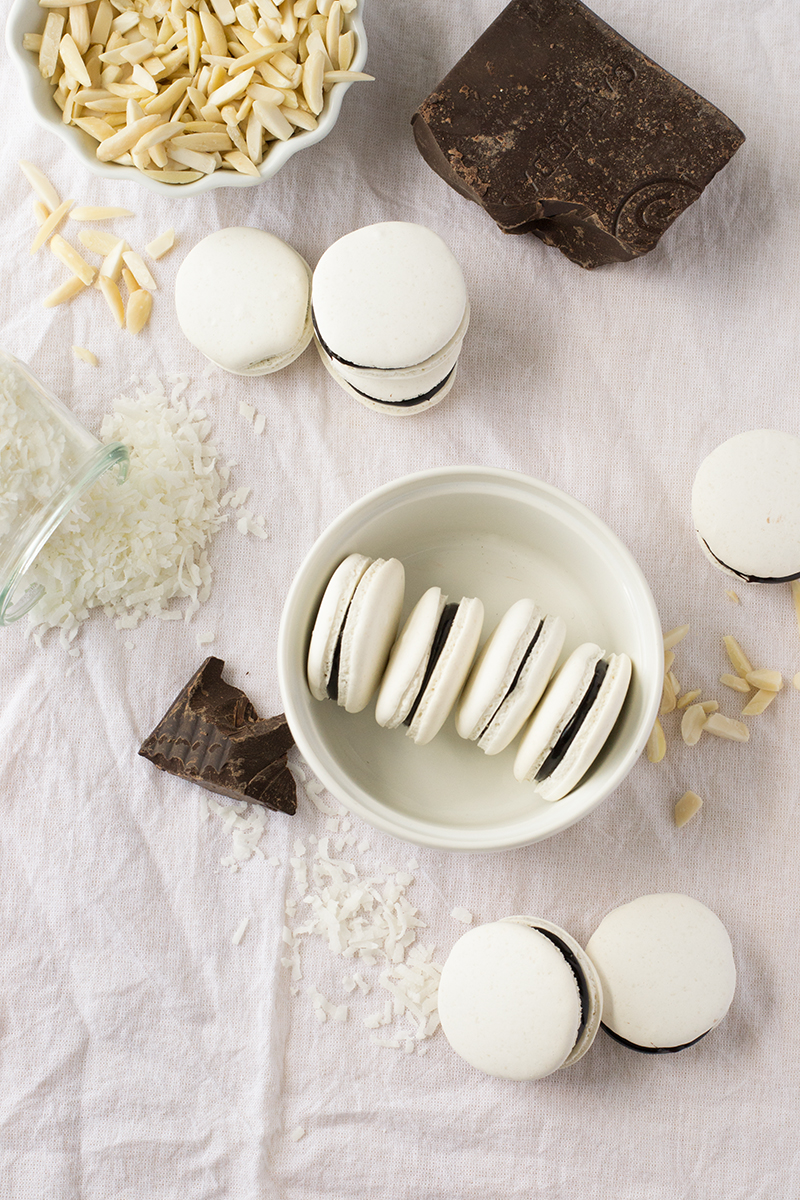
My journey to get to these macarons has been a very long one. I have screwed up macarons sooo many times (I guess if I had to count, I’d say maybe 10 times?). I’m not saying these are perfect, but I have finally overcome the many hurdles that have stood in my way. And really, perfection is super overrated anyway.
I bought a book a year or so ago called Secrets of Macarons by José Maréchal. I decided this would be my guide. I have followed José’s recipe every time I’ve tried to make these finicky cookies. It was my “control.” My catalog of problems since then have included: overmixed batter, hollow shells, wonky (lopsided) feet, overbaked shells, underbaked shells, cracked shells, and, finally, sticking shells. Macarons have caused me more grief than any other recipe in my kitchen. Countless obscenities have been screamed during late nights replete with macaron failures. I may have even shed a tear or two over them.
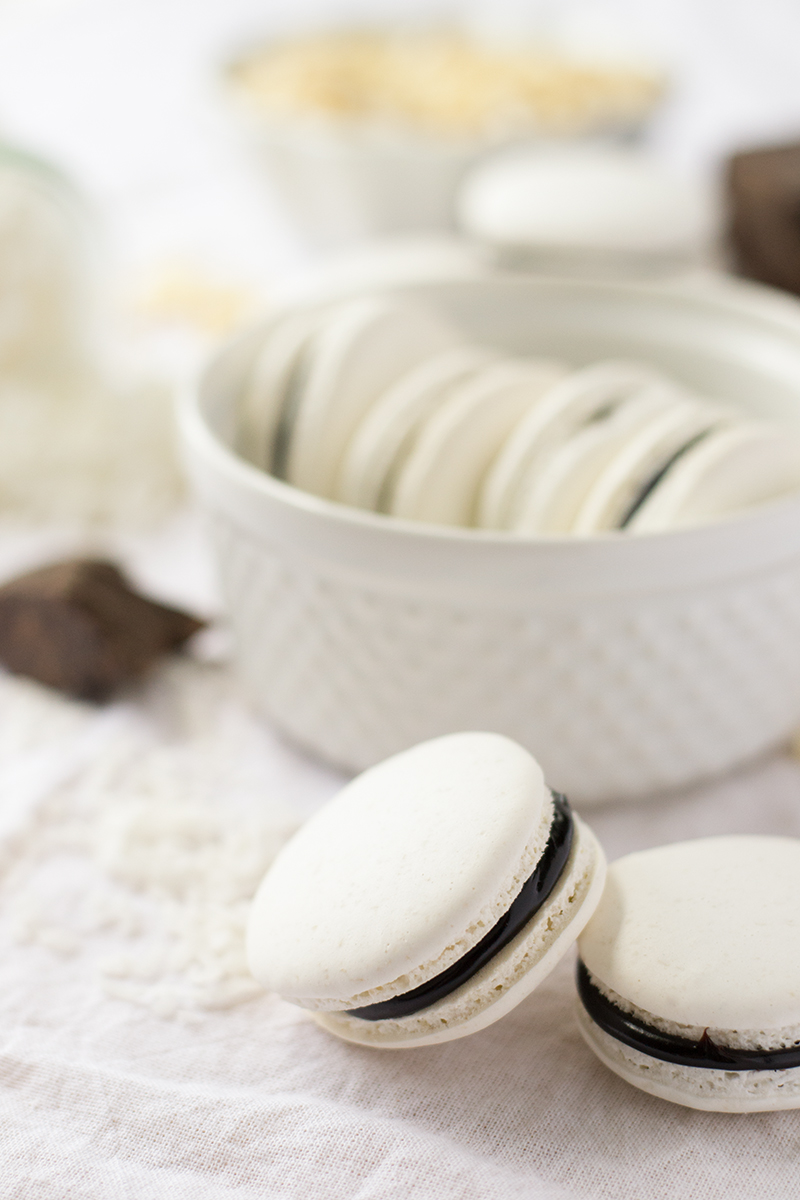
It seemed that every time I would fix one error, another would pop up in its place. I did away with using Silpat mats after the first few attempts, because the macarons seem less likely to stick when I use parchment. Not sure why, because I use my Silpat mats for everything else with no problems! I was about ready to give up on macarons altogether when Sarah from The Sugar Hit posted this little number. Sarah is my spirit animal, so I forged forth, refusing to let macarons defeat me.
When I made macarons a week ago (my ninth? attempt), I had finally fixed the lopsidedness by doubling up my baking sheets, but I ended up with hollow shells, a few of which stuck to my parchment. I was actually ready to share those ones on the blog. I even drafted a whole post about the misery of macarons, because I thought those hollow jerks were the best I was going to get. Here they are. (They didn’t come out cracked; I smashed them with my thumb.)
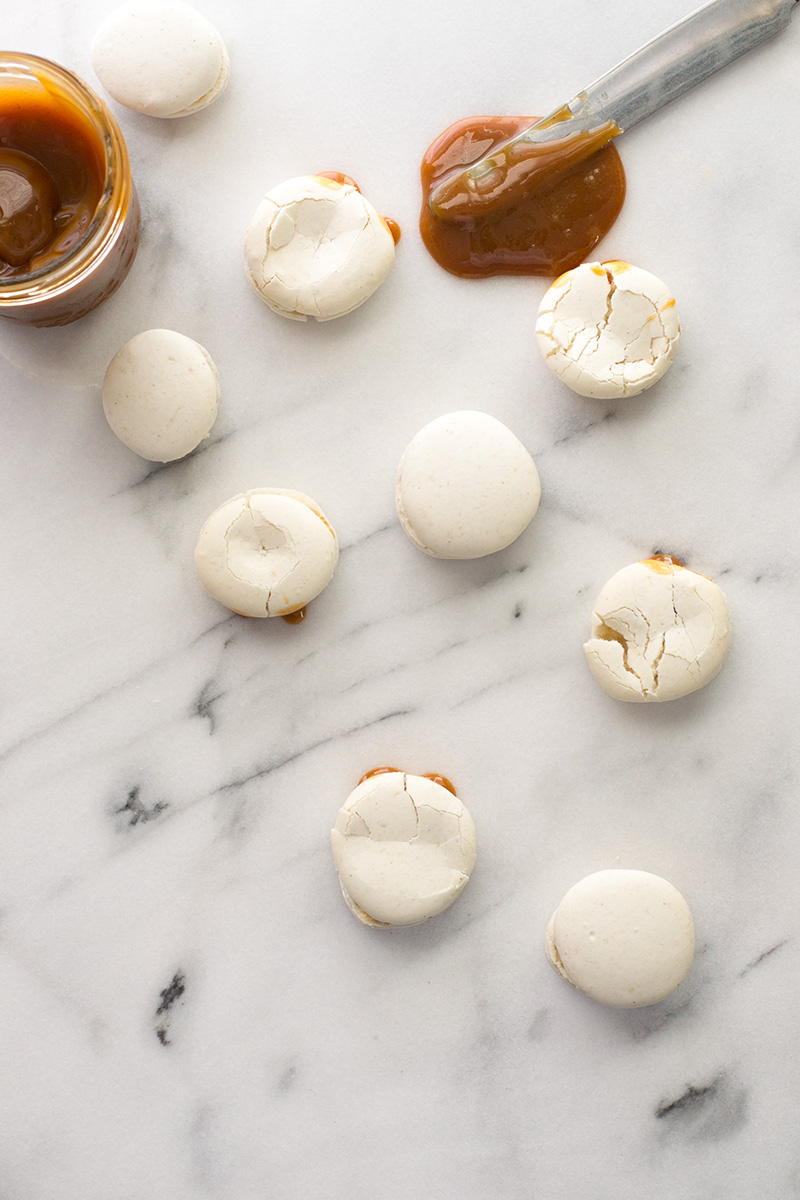
But since I had so many leftover egg whites from making ice creams and puddings and custards lately, I thought I’d ruin another afternoon by, once again, trying out macarons. Since I already had the other post ready to go, I thought there would be no harm in trying someone else’s macaron recipe. I came across Melina’s recipe for Mexican Spice Macarons with Dulce de Leche over at Sugary & Buttery when researching my other macaron post (they were also filled with dulce de leche). They looked so good, I thought I’d cheat on José for a day and giver her recipe a go. I changed them up to be coconut flavored shells because, hey, it’s my party.
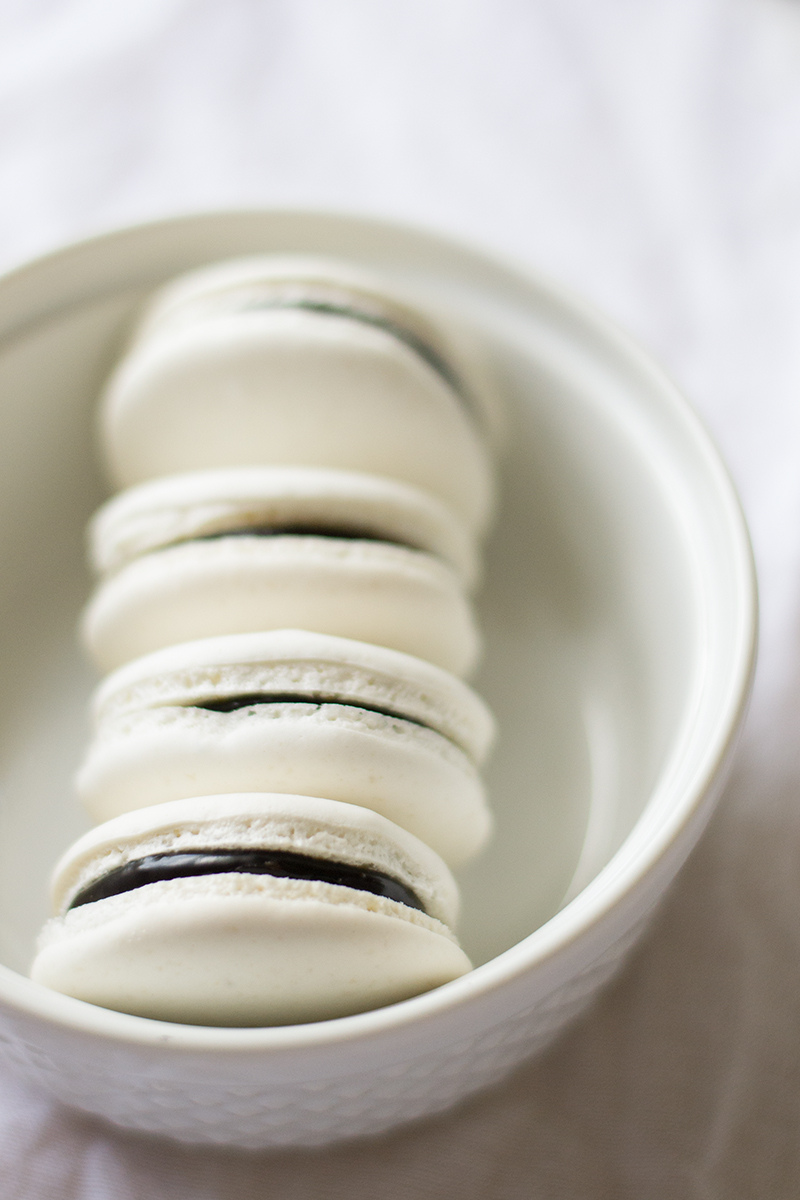
Melina’s base recipe isn’t too terribly different from José’s. Hers has less water and more sugar, but the other proportions are the same. She does recommend beating the meringue for a full 15 minutes, so I did. I don’t know what sorcery those minor adjustments contained, but I suddenly had non-sticky, un-hollow macarons. I’d be elated if I weren’t so freaking tired of making macarons! I was so excited to have good shells, I immediately filled them with ready-made dark chocolate fudge sauce instead of making my own filling. But a homemade ganache would be perfect, too.
Admittedly, I still have a slight problem with overworking the batter (I’m just really strong, you guys!), so some of my macarons spread into each other and weren’t perfectly round. Did they taste any worse for it? Absolutely not.
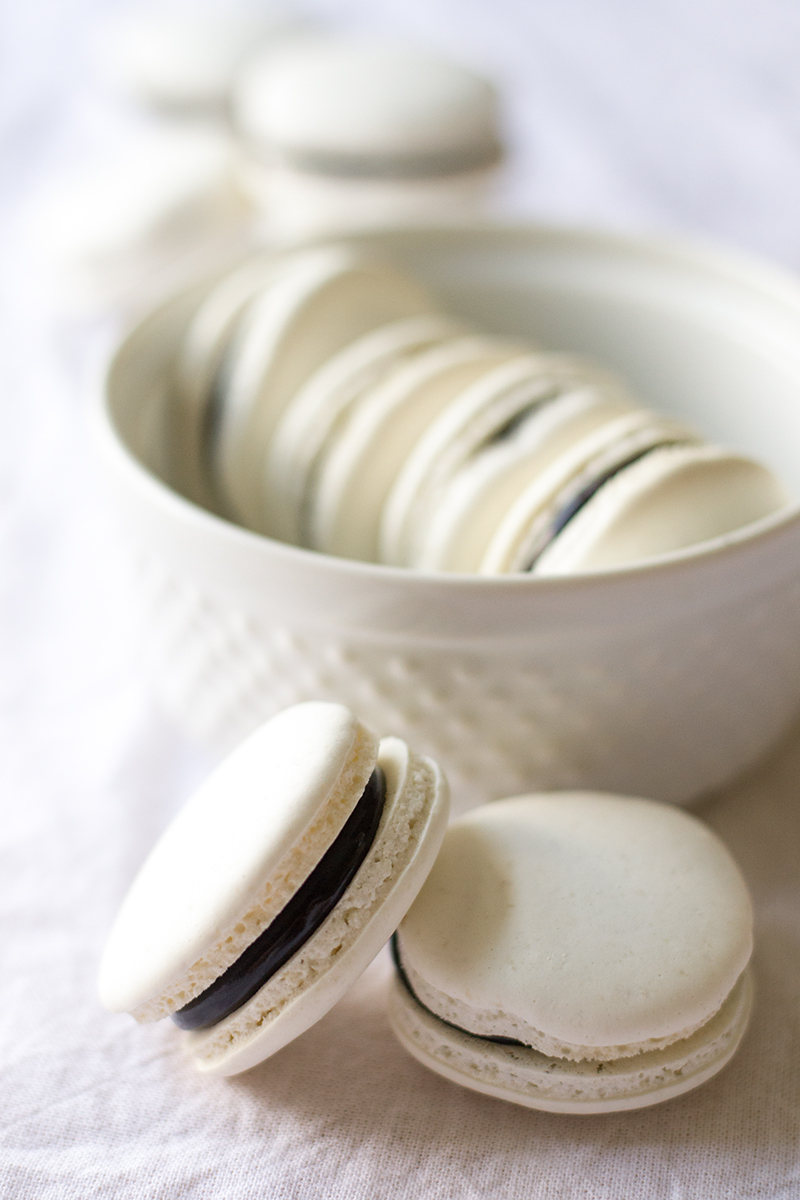
CHOCOLATE COCONUT MACARONS
- 150 grams almond flour
- 150 grams powdered sugar
- 50 grams water
- 150 grams plus 35 grams sugar
- 120 grams egg whites, divided
- ¾ teaspoon coconut extract
- Storebought hot fudge sauce (I used Smucker’s Simple Delight Dark Chocolate sauce) or homemade ganache
- In a food processor, pulse almond flour and powdered sugar together. Sift almond flour mixture into a large mixing bowl and set aside.
- Heat water and 150 grams sugar in a medium saucepan over medium heat. You will want to bring the syrup to 230°F. While it is heating up, whip 60 grams of egg whites to soft peaks, then add remaining 35 grams sugar and mix to combine.
- When sugar syrup reaches 230°F, slowly pour it into the whipped egg whites. Whip on medium-high speed for 15 minutes (stiff, glossy peaks will form sooner, but keep going for the full 15 minutes).
- Preheat oven to 325°F.
- With a rubber spatula, mix remaining 60 grams egg whites into almond flour mixture to form a thick paste. Mix in coconut extract to the paste. Add a bit of meringue to the almond paste to lighten things up, then fold in the remaining meringue. Be careful not to overmix; the batter should flow slightly, but still be pretty thick.
- Fill a pastry bag fitted with a round tip with macaron batter. Pipe 1-inch circles about an inch apart onto a baking sheet lined with parchment paper.
- Dry for 30-40 minutes, until your finger doesn’t stick when you lightly touch the surface of the macarons (your finger should leave a slight impression, but the batter shouldn’t be tacky).
- Bake for 10-20 minutes*, then transfer pan to a wire rack to cool completely.
- Load hot fudge sauce or ganache into a piping bag fitted with a round tip. Pipe a bit of the sauce into the center of one macaron shell, then gently press together with another similar-sized macaron shell until the ganache is almost to the edge of the sandwich. Eat immediately or transfer to a container to chill overnight. (I find that macarons are best after sitting for a few hours in the fridge!)
- *For some reason, my oven takes forever to bake macarons all the way through, although others claim theirs only take 10 minutes or so. Check doneness by using a spatula to gently lift one of the macarons away from the parchment. If it starts to lift away, they’re ready to come out. If some of the insides stick to the parchment, put the tray back in the oven. I have found that when the macarons start to just turn tan at the edges, that is usually a good indicator that they’re done.




















